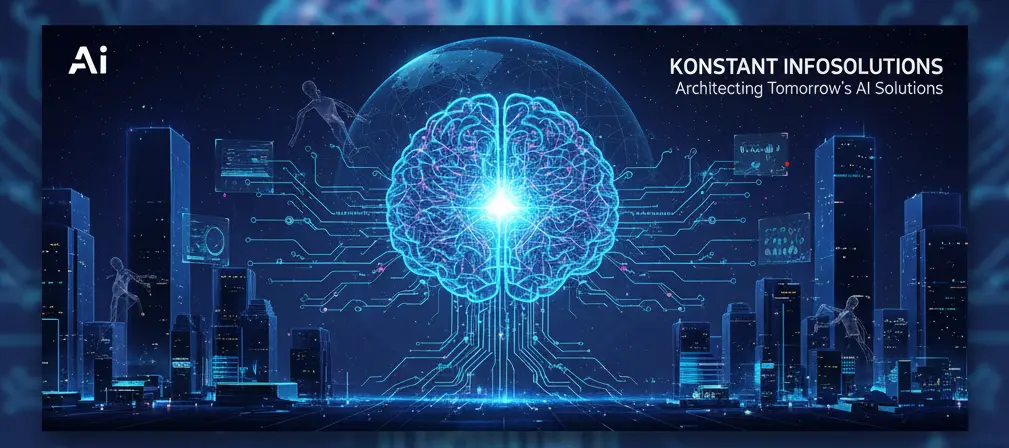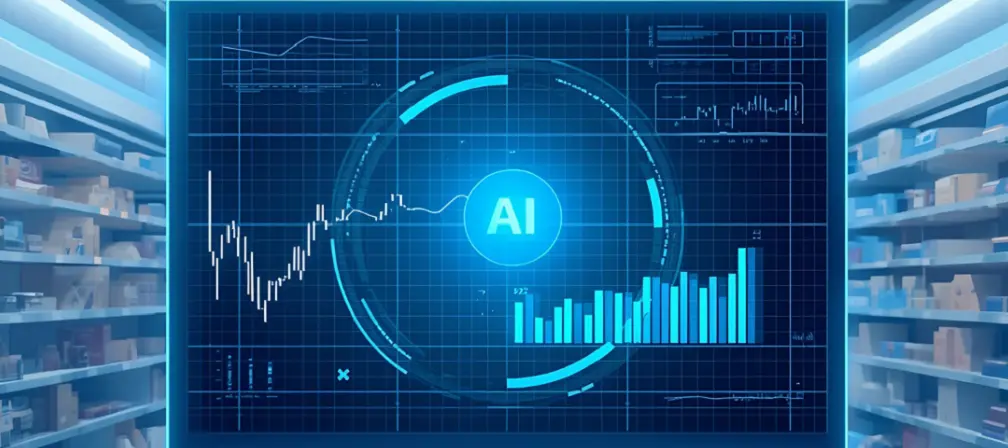In the digital world, where data is considered the backbone of innovation and competitiveness, selecting the appropriate technology is no less than climbing a steep hill. You have to be aware of all the nitty-gritty details of storage, processing, and management of the technology to ensure the efficiency and agility of the system. In this blog, we will be comparing the differences between edge computing vs cloud computing, the two most powerful technologies that are here to address the surging demands of today and tomorrow’s cloud application development services.
Cloud computing architecture simply refers to the access of computing services like storage, servers, software, analytics, intelligence, and databases from anywhere using the internet. In short, a technology facilitates storing and accessing data and programmes on the internet-based remote servers rather than running them on local or physical servers. It is an economically friendly technology, as users have to pay cloud computing service providers for as much data as they need. Let’s take a quick glance at cloud service models and types:
SaaS (Software as a service): Use for accessing applications like Gmail or Salesforce.
IaaS (Infrastructure as a Service): helps users to access basic IT infrastructure like servers, storage, virtualization tools (Hyper-V, VMware, etc ).
Examples: Google computing engine, AWS EC2.
PaaS (Platform as a Service): Offers a pre-built platform for testing, deploying, and managing applications.
Examples: Google App Engine, Heroku.
Private Cloud: All the resources are only accessible by a single organization.
Public Cloud: Provided services can be shared by multiple users.
Hybrid Cloud: It is made by combining the abilities of both public and private clouds. It handles sharing data and applications between them.
Cloud offers numerous benefits for individuals, developers, and organisations. For example:
This is the biggest benefit that the cloud computing architecture offers, as you don’t have to invest in buying expensive physical infrastructure. On top of that, only pay for the resources and services you need. It minimizes the cost required for hardware, power, and IT staffing.
This technology provides a perfect solution for modern enterprise cloud computing executives and developers to deal with fluctuating or heavy workloads. You can increase or decrease IT resources based on demand, and the capability of adapting according to the requirements of businesses and technology gives another reason for its surging popularity.
Cloud computing architecture helps organizations innovate, deploy, and respond to market dynamics more rapidly than ever. Users can access resources like servers and storage in no time.
You just have to do two things: buy a device and connect with the internet to access the cloud computing consulting services and applications. It helps you in enhancing productivity and help businesses operate more efficiently.
Security is the main concern of organizations, as they store sensitive data and manage critical applications in the cloud. Cloud computing service providers prioritize heavy investment in strengthening security measures to protect users’ confidential data, applications, and infrastructure. For even greater protection, enterprises often deploy solutions like cwpp to secure workloads across diverse cloud environments and ensure compliance with evolving security standards.
Disaster Recovery:
Cloud Computing is capable to perform restoring practices for lost, corrupted, or inaccessible data in the event of disasters, cyberattacks, or system failures.
Edge computing is a method of delivering data processing and storage to its creator instead of handing over to centralized data centres. Simply put, it brings information storage and computing abilities to the edge of the server rather than sending it to a big server far away. This process cuts down latency and reduces bandwidth usage, and strengthens data reliability and security.
Apart from providing faster data availability, there are multiple benefits of edge computing. Let’s take a look:
Edge computing brings data nearer to the device that originates and the user who consumes it. This dramatically reduces the time to respond. It offers a perfect platform for real-time systems where a delay of milliseconds can affect the entire process, such as autonomous vehicles, industrial machines, and online gaming etc.
Instead of transmitting a large amount of data to the cloud, the edge computing framework processes much of it locally. You can reduce the usage of bandwidth by transmitting relevant data to the server centres. It helps to reduce traffic and lower cloud storage costs.
Edge devices can operate efficiently without internet connectivity. They are ideal for remote areas and mobile environments where internet connection is unstable.
One of the major benefits that edge technology offers is the encryption of sensitive data before sending any amount of information to the cloud. This ensures limited exposure to the cyber threat as they store and process much of the data locally.
Organizations can save money using edge computing technology by reducing the need to spend on central cloud resources because they process and store data closer to the originator. Additionally, they require limited or no internet access to optimize their operations.
Both technologies are powerful and beneficial, depending on how and where data is handled or managed. Below are points that can explain the difference between the two:
| Cloud Computing | Edge Computing |
| It depends on the remote, centralized data servers. | It brings data closer to the server edge (device or local network) |
| Requires a stable internet connection. | Enables accessibility with limited or without internet. |
| Response depends on speed and distance. | On-demand response, mostly when low latency and real-time processing are needed. |
| Higher bandwidth usage because all data is sent to the cloud. | Lower bandwidth usage, since relevant data is sent to the cloud. |
| Scalable as per the demand. | Limited but ideal for distributed devices. |
They provide countless benefits to the organization, but there are still some issues that organizations may encounter. Let’s compare the challenges as shown in the table below:
| Edge Computing | Cloud Computing |
| An internet connection is mandatory. | Works offline, but connecting later with cloud systems can be complicated. |
| Not so suitable for real-time services. | Handling many distributed devices doubles the efforts and cost. |
| Scalable, but designing and maintaining scalability could become problematic for large systems. | Maintaining consistency across the system is a tough task due to local processing. Moreover, it gets more complex if the devices are not connected to the internet. |
As we already know, IoT devices have become a part and parcel of daily life. As the demand continues to rise, both computing systems are going to be indispensable. Let’s see cloud computing trends that will fuel the integration of IoT:
Cloud computing architecture is suitable for large-scale, non-time-sensitive applications. As it offers direct data transfer to source. On the other hand, edge computing is suitable for time-sensitive situations requiring low latency and local processing.



Manish Jain is the co-founder and Managing Director at Konstant Infosolutions. He is responsible for the overall operations of the company and has played a major role in bringing Konstant up from its humble beginnings and, with his immense energy and drive, transforming it into a globally trusted name in IT solutions.
Or send us an email at: [email protected]